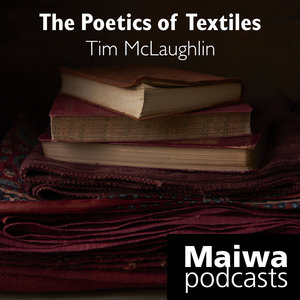
As you read this we'd like to let you in on a little secret. The people who do this blog are away from their computers and cameras right now - they don't even have a decent internet connection. They are probably on a sandy Gulf Island beach right now. But just so you don't think that they've gone away and forgotten you they have done this post ahead of time ...
Enjoy your summer ... we'll be back next week.




























